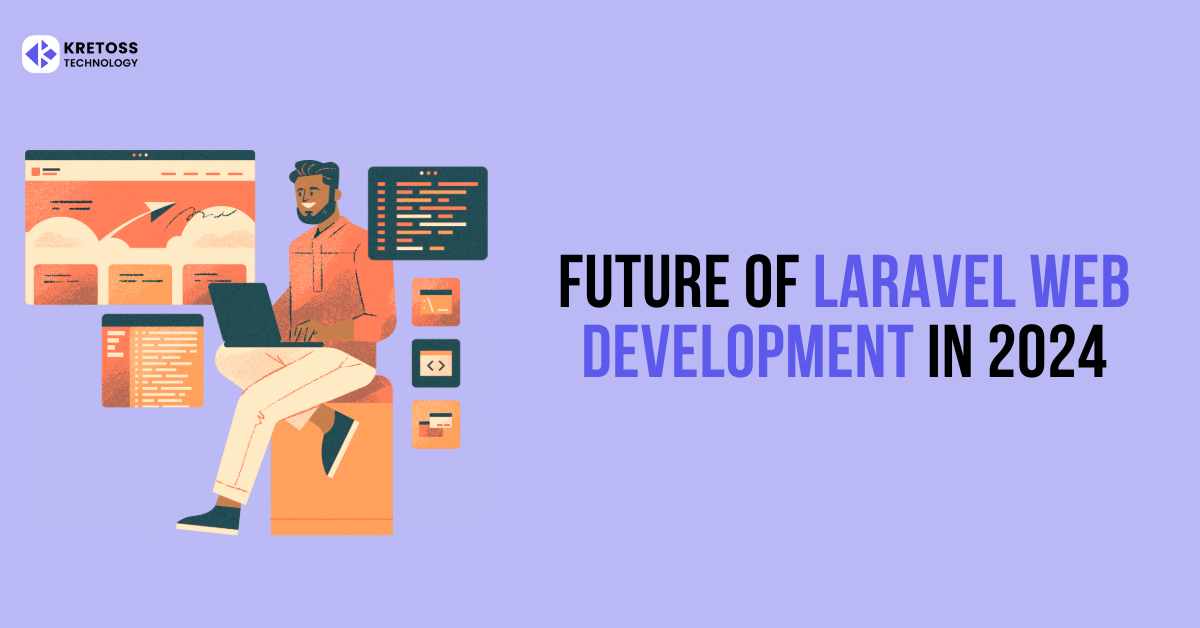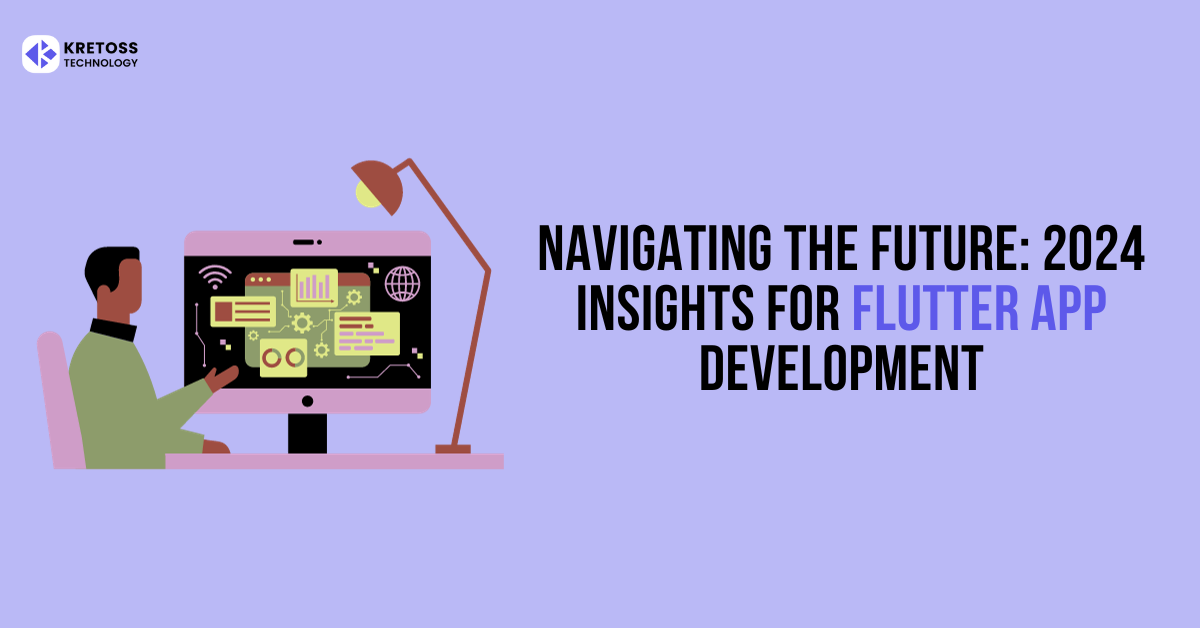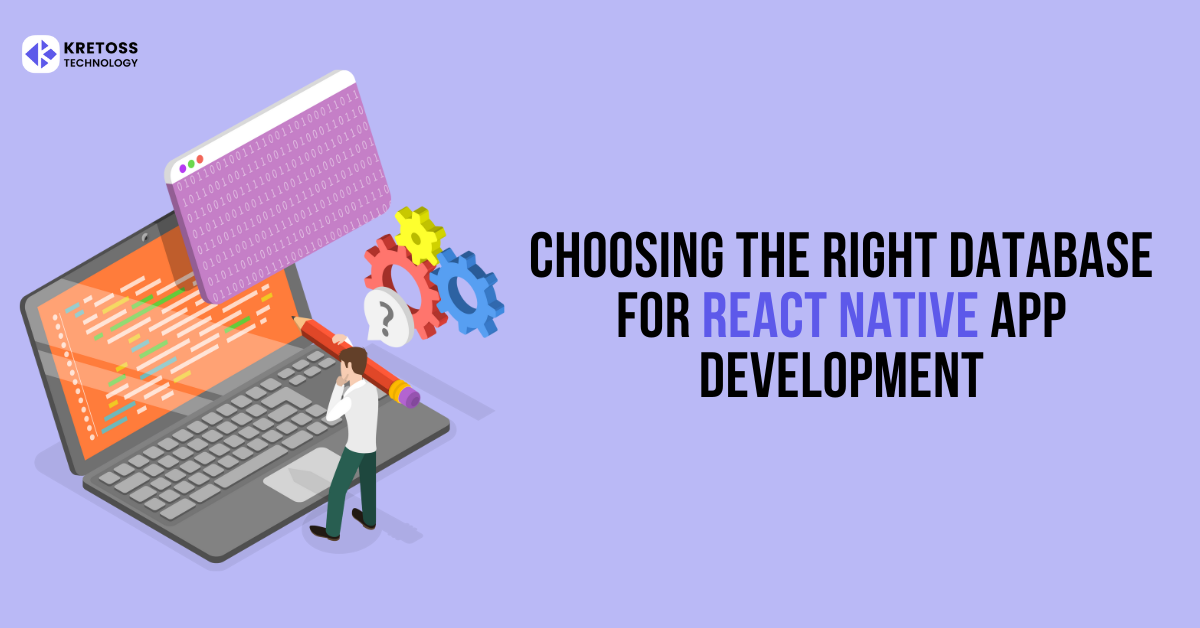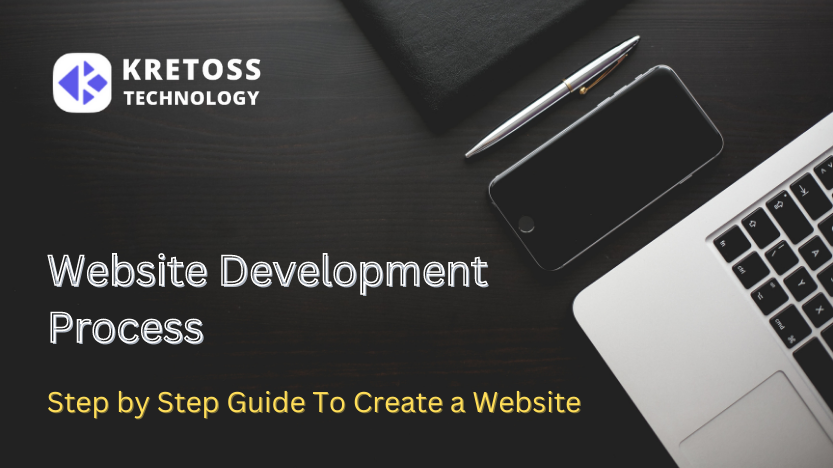
Step by Step Process of Web Development: Read the top guide for the website creation method, and what kind of skill and team requires for it.
What processes involves in website development? We will avoid the usual endless discussion on how website development and website design are two entirely separate things in this blog, whether you are a web developer, web designer, or neither.
The methods for developing a website are much the same, regardless of whether it intends to be a web application or the company’s online presence.
A strong Website Development Step by Step Process may help you develop any type of website successfully, with successful user traffic, good user experience, and high retention.
What is the Website Development Life Cycle?
Let’s quickly review the website development life cycle and its typical components before diving into the details of the stages involved in developing a website.
The process or a standard that points you in the direction of creating a high-quality solution is the software or website development life cycle. It may seem like a list of the steps needs to complete the project.
We are aware that there are different ideas on what a typical website development process would need to involve. However, some standards must follow for every specific website to be successful during its development life cycle.
The Prerequisite: Zero Step to Website Development Process
Research and Discovery
Because of how important this phase is, we have given it the label precondition. There can no effective planning if the project’s specifics are not known at this early stage. This might result in changes that extend the timetable and budget or cause the website’s main objective to miss.
The first research efforts in the project description and some general consultations are important for clarity at this stage of the website development process. These may take the shape of a project discovery session during which several queries and clarifications are made. The web development team must understand fully your requirements as a customer.
The ideal website development processes should be determined during the research and discovery phase, and the following elements should be taken into consideration regarding their effects on the project:

Purpose
What purpose will the website assist? Will it just sell a product, offer services, provide information, or promote it?
Target Market or Audience
The design and layout of the website will choose based on these criteria.
Content
What type of data or services will the website provide its intended audience?
The selection of technology and which functionality will be beneficial for a website will depend on its content, purpose, and target audience.
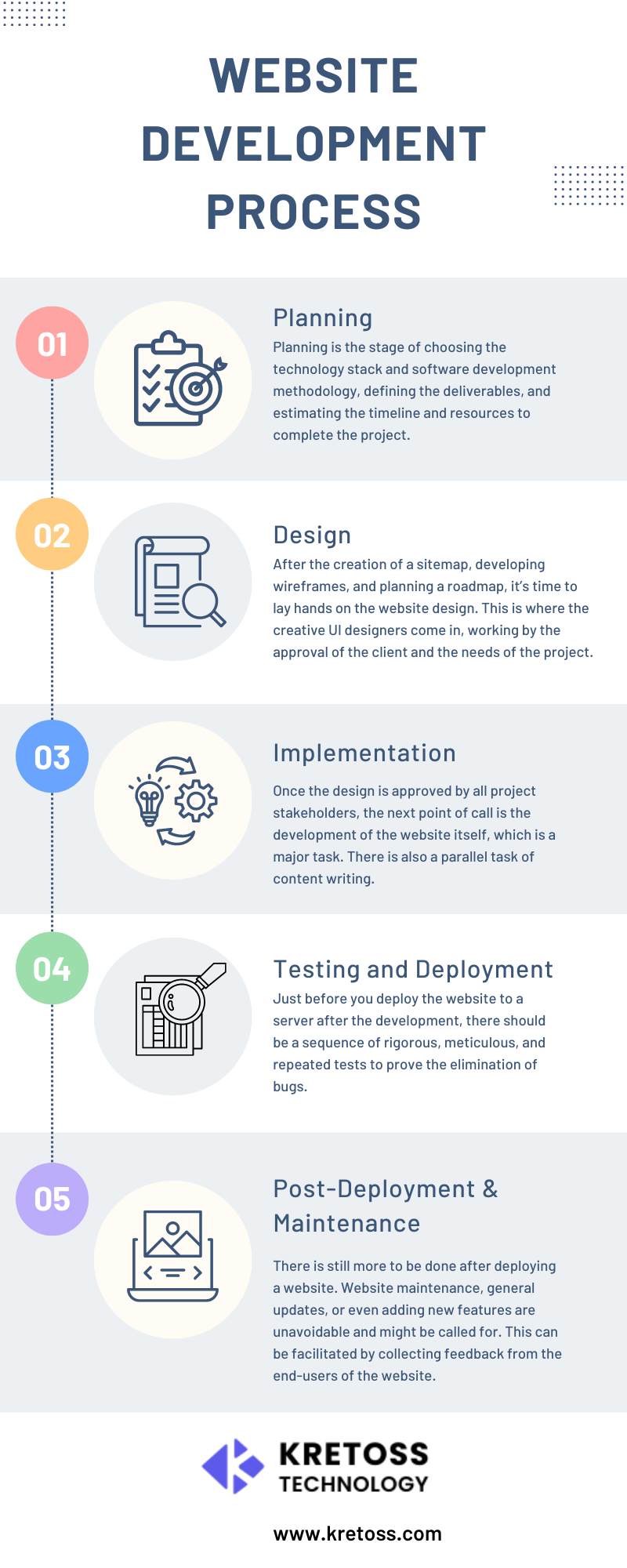
Ever consider the best strategy for developing a website? The key phases in developing a website that can guarantee a professional-level product are listed below.
1 – Planning
The Steps of the Website Development Process
Ever consider the best strategy for developing a website? The critical phases in developing a website that can guarantee a professional-level product list are below.
Planning
If your website development team does not understand the goals and requirements of your project, they will never reach this stage. You will receive a plan for efficient web development based on the results of your discovery sessions, which will support by analysis and research.
Planning includes determining the deliverables, the technology stack, and the software development strategy, as well as the project timetable and resource projection.
You should keep in mind that choosing a sitemap during the planning phase is essential for the success of the entire project. It entails planning the website’s organizational structure, deciding how many pages and functionalities to link based on priority, and deciding what content and functionality must be included in the first release.
The planning phase begins with a suitable report to you, your prompt input, or your active participation in the procedure.
Tools –
- Jira & Confluence
- Asana
- Balsamiq
- Microsoft Visio
2 – Design
It’s time to start working on the website design after establishing wireframes, a sitemap, and a roadmap. The innovative UI designers step in at this point, guided by the requirements of the project and the client’s permission. Typography, color graphics, animations, buttons, menus, and much more create from the wireframes.
One of the most important considerations for the design is the target audience. A website’s design demonstrates how distinctive it might be and contributes to a positive user experience. The site design needs to be engaging to leave a positive impression on a user.
A branding strategy that is relevant to the goal of the website is required. The color combination selected for a website undoubtedly influences the user experience. Color can inspire a wide range of emotions, therefore using it creatively in a design may be highly powerful.
According to research, 62% to 90% of customer judgments about a product are made based on its color within the first 90 seconds of engagement.
Tools –
- Adobe Photoshop
- Adobe Illustrator
- Figma
- Sketch
3 – Implementation
The creation of the website itself, a significant task, comes next after all project stakeholders have accepted the design. Writing content is another constant activity.
Content Writing
Content wins every time in the end. In terms of the website’s user interface, it is the heart of communication. It is the process of including calls-to-action and other corporate, product, or service-related information on the website.
Writing content needs original headlines, paragraphs, etc. It is a recommended practice to prepare all of the website material right before or during the creation because of how important this activity is.
Tools –
- Grammarly
- HubSpot Blog Ideas Generator
- Sharethrough Headline Analyzer
- Dupli Checker
Design for the Front End
This is the development of the user-interaction functionality on the client side of the website. The designs develops in the initial stages uses to create unique animations and effects. The choice of technology and tools they use to combine functions. The website designs to be user-friendly and responsive on any device.
Tools –
- React
- Angular
- Bootstrap
Backend Development
The opposite of front-end web development is Backend development. Backend for web development is essential for enabling user-side and server-side interaction, which interfaces the entire website.
It matches the engine room more. Depending on the goal of the website, the code in the backend is responsible for the server side, database, integration of business logic, and so on.
Tools –
- Microsoft .NET
- Node.JS
4 – Testing and Deployment
After development, a series of thorough, precise, and repeatable tests should run to verify bug elimination before publishing the website to a server. The work assesses by the quality assurance team for performance, compatibility, usability, and other aspects. You must have a functioning website.
There must be no delays in the operation. The development team must test each script to make sure the website loads and functions flawlessly across all platforms and devices. It’s crucial to show that the website prepares for launch and the market in this case. The website may be upgraded in the future thanks to thorough testing.
Last but not least, depending on how the website utilizes, a development team could need to make a few last adjustments. This will enhance its performance and functionality. Installing plugins, doing on-page SEO, and improving page performance may be included in this last step.
If everything is in order and the quality assurance team has given their approval, the website then deploys to a server.
Tools –
- TeamCity
- JMeter
- PHPUnit
5 – Post-Deployment and Maintenance
After a website is launched, additional work remains to be done. Website maintenance, routine upgrades, and even the addition of new features are unavoidable and required. Gathering input from the website’s visitors can help with this.
To maintain your project, you must constantly support and improve it. Your mind will peace knowing that you won’t be left even after the project has been turned over.
What Kind of Team is required to develop a Website?
The Website Development Life Cycle includes a broad team of experts to help you in reaching the final objective since it comprises the many job sections that we covered previously.
A Business Analyst and Project Manager should be on your team to explore and analyze your business needs, manage the development process, and oversee interactions between all project stakeholders.
Without a skilled UI/UX designer, who is in control of how your finished product will appear and function, it is difficult to develop a nice website. A QA Engineer, who will make sure your website functions properly and doesn’t have any problems harming its productivity or user experience, is another important team member.
Frontend, backend, or full-stack engineers are without a doubt the key players you need to include. Let’s take a quick look at the contrasts between these specialists that make the website design come to life.
Frontend vs Backend vs Full-Stack Development
Frontend developers use HTML, CSS, and JavaScript to make interactive layouts and design concepts a reality. When a user interacts with a website, they ensure that all the visual components function properly.
Backend developers, on the other hand, are in control of what occurs behind the scenes. They make use of computer languages like Python, Java, or PHP to make the server, database, and interface work together without any issues.
Web programmers that are skilled in both skill sets are known as full-stack developers. They can handle the front- and back-end sides concurrently, which might result in a shorter project timeline and lower project costs.
Conclusion
To establish your presence online or develop a web application, more than just code is required. For any type of effective website to be developed, several vital tasks in the Web Development Process must be completed.
No matter how small or big the project is, keep in mind that each phase in the website development is important. Understanding these processes provides you control over the project and in maintaining your awareness of the whole process.
The skilled developers, analysts, project managers, and QA engineers at Kretoss Technology can guarantee the establishment of a successful website or online application.
We can deliver full-cycle development projects on schedule and with additional technical assistance thanks to our business strategy and project management practices. For your websites and online apps, get in touch with our experts.






